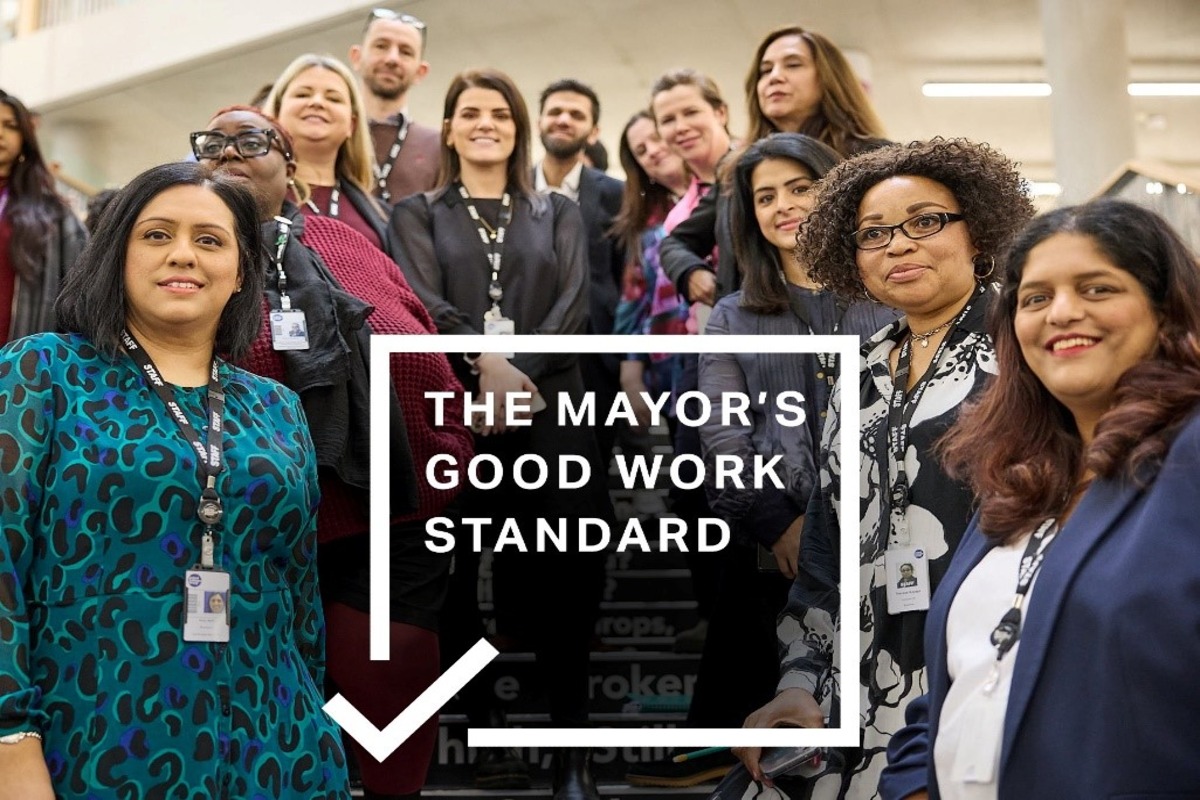Strategies for Enhancing Employee Well-Being and Mitigating Burnout in the Contemporary Workplace

The contemporary workplace landscape is marked by dynamic shifts and multifaceted challenges in a post-COVID world, demanding a nuanced approach to managing human capital. Employee well-being, a crucial factor in organisational success and sustainability, is one of the main issues in workforce management. Employee well-being has risen to the forefront as corporate organisations struggle to meet the demands of a globalised and technologically advanced environment, receiving unprecedented attention. This academic article highlights some of the intricacies surrounding employee well-being, particularly addressing the burgeoning spectre of burnout post-Covid.
Key points:
- Focusing on non-traditional approaches to employee well-being, manager training, and communication campaigns.
- Millennials and Gen Z are considered the least prepared for retirement and have various worries.
- Organisations are partnering to combat isolation, depression, and anxiety among employees.
- Strategies include flexible workspaces, mental health first aid training, creating quiet zones, and customised wellness applications.
- Balancing stress positively and negatively can improve performance, but excessive stress can lead to health issues.
- Employee benefits, financial security, and a sense of community can enhance satisfaction and engagement.
- Equity, accessibility, and affordability are critical in well-being programs.
- Recognising health and well-being as a strategic component of sustainability is essential.
- Listening and delivering on promises are keys to creating a meaningful work experience.
The Multidimensional Facets of Employee Well-Being
In contemporary organisational psychology and management studies, the concept of employee well-being has transcended its erstwhile peripheral status to occupy a central and multifaceted position. Holistically defined, employee well-being connotes a state characterised by an equilibrium of physical, psychological, and social dimensions (Keyes, 2002; Warr, 1987). Its import lies not merely in the isolation of these constituent domains but in the intricate interplay among them, yielding a comprehensive portrait of individual wellness (Ryan & Deci, 2001).
In navigating the terrain of employee well-being, it is essential to delineate these interwoven dimensions:
Psychological Well-Being: The cognitive and emotional facets of well-being encompass an individual’s sense of purpose, autonomy, and positive affectivity (Ryff, 1989). The psychological dimension includes the subjective appraisal of life satisfaction, personal growth, and the experience of positive emotions, all of which conduce to a flourishing state of being (Keyes, 2002; Seligman, 2011).
Physical Well-Being: The corporeal aspect of well-being is predicated upon attaining an optimal state of physical health, comprising elements such as exercise, nutrition, and the mitigation of chronic ailments (Diener & Chan, 2011). The physical dimension intrinsically influences an individual’s vitality and energy levels, impinging on overall well-being (Wright & Cropanzano, 2000).
Social Well-Being: Embedded within the social fabric of human existence, social well-being encompasses the quality of an individual’s relationships, the sense of belonging, and the extent of social integration (Keyes, 1998; Ryff, 1989). The social dimension underscores the significance of interpersonal connections in nurturing a sense of purpose and fulfilment.
The seminal import of this multidimensional perspective on employee well-being is underscored by its resonance with extant theoretical frameworks. For instance, the burgeoning field of positive psychology posits that individual well-being emanates from the synergistic interplay of these dimensions (Seligman & Csikszentmihalyi, 2000). In contemplating the imperative of enhancing employee well-being, organisations are enjoined to perceive individuals holistically, cognizant of the intricate interdependencies that undergird well-being.
Key Questions:
How can organisations effectively balance stress’s positive and negative aspects to boost employee performance?
What are some specific examples of non-traditional approaches to employee well-being that organisations are adopting?
Can you provide more insights into the role of personalised wellness programs in improving employee well-being?
How can organisations ensure equity, accessibility, and affordability in their well-being initiatives?
How can individuals be best supported to address their mental health challenges and recognise workplace well-being?
References:
Diener, E., & Chan, M. Y. (2011). Happy People Live Longer: Subjective Well-Being Contributes to Health and Longevity. Applied Psychology: Health and Well-Being, 3(1), 1-43.
Keyes, C. L. (1998). Social Well-Being. Social Psychology Quarterly, 61(2), 121-140.
Keyes, C. L. (2002). The Mental Health Continuum: From Languishing to Flourishing in Life. Journal of Health and Social Behavior, 43(2), 207-222.
Ryff, C. D. (1989). Happiness Is Everything, or Is It? Explorations on the Meaning of Psychological Well-Being. Journal of Personality and Social Psychology, 57(6), 1069-1081.
Ryff, C. D. (Ed.). (1989). Beyond Ponce de Leon and Life Satisfaction: New Directions in Quest of Successful Ageing. International Journal of Behavioral Development, 12(1), 35-55.
Seligman, M. E. (2011). Flourish: A Visionary New Understanding of Happiness and Well-being. Free Press.
Seligman, M. E., & Csikszentmihalyi, M. (2000). Positive Psychology: An Introduction. American Psychologist, 55(1), 5-14.
Warr, P. (1987). Work, Unemployment, and Mental Health. Oxford University Press.
Wright, T. A., & Cropanzano, R. (2000). Psychological Well-being and Job Satisfaction as Predictors of Job Performance. Journal of Occupational Health Psychology, 5(1), 84-94.
Ryan, R. M., & Deci, E. L. (2001). On Happiness and Human Potentials: A Review of Research on Hedonic and Eudaimonic Well-Being. Annual Review of Psychology, 52(1), 141-166.
By Gavin Hoole











Responses